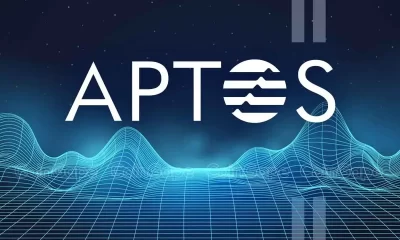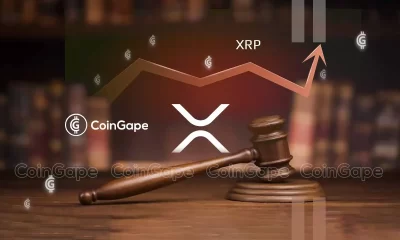Uncategorized
Gold-backed stablecoins will outcompete USD stablecoins — Max Keiser
Published
6 days agoon
By
admin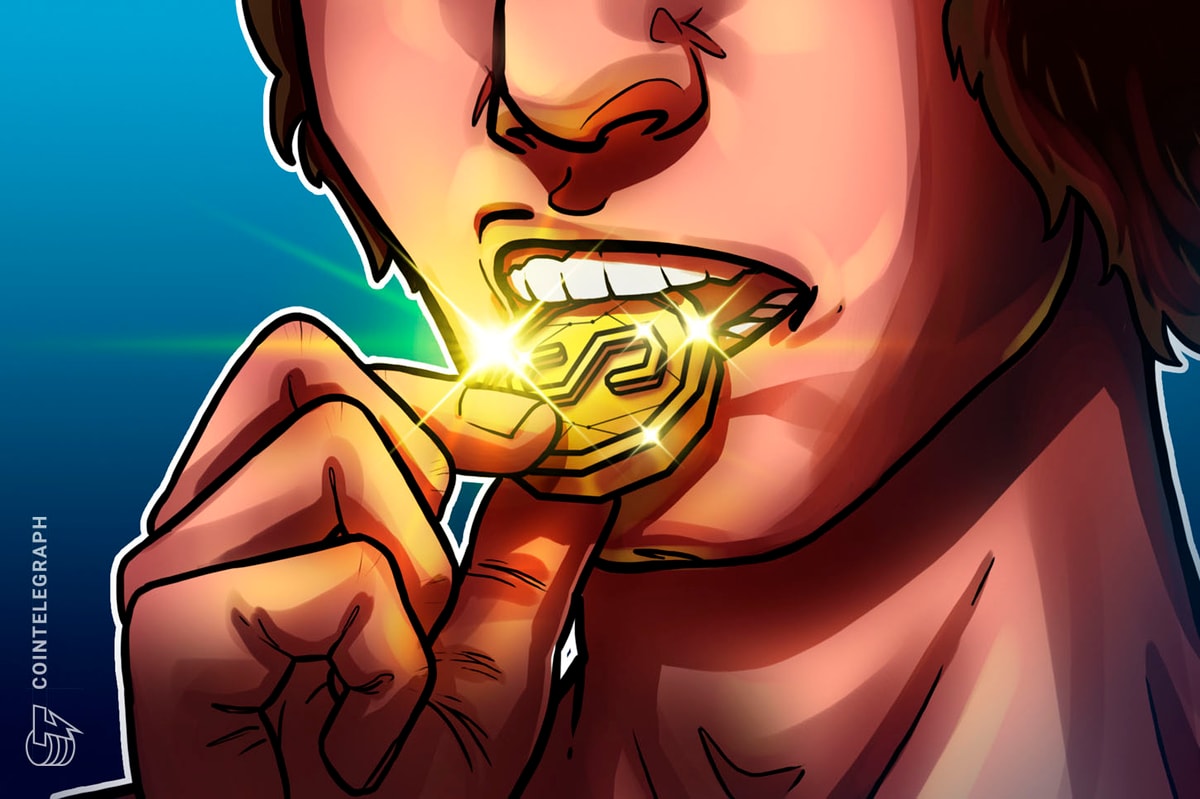
Gold-backed stablecoins will outcompete US dollar-pegged alternatives worldwide due to gold’s inflation-hedging properties and minimum volatility, according to Bitcoin (BTC) maximalist Max Keiser.
Keiser argued that gold is more trusted than the US dollar globally, and said governments of foreign nations with an adversarial relationship to the United States would not accept dollar-pegged stablecoins. The BTC maximalist added:
“Russia, China, and Iran are not going to accept a US dollar stablecoin. I predict they will counter the USD stablecoin with a Gold one. China and Russia have a combined 50,000 tonnes of Gold — more than what is reported.”
The potential for gold-backed stablecoins to outcompete dollar-pegged tokens in international markets would upend plans to extend US dollar dominance through stablecoins proposed by US lawmakers.
Source: Max Keiser
Related: Gov’t can realize gains on gold certificates to buy Bitcoin: Bo Hines
Gold-backed stablecoins fulfill the original promise of USD?
Stablecoin issuer Tether launched a gold-backed stablecoin called Alloy (aUSD₮), backed by Tether’s XAU₮ — a token that provides a paper claim to physical gold — in June 2024.
According to PointsVille founder and former VanEck executive Gabor Gurbacs, “Tether Gold is what the dollar used to be before 1971.”
“XAU₮ is up 15.7% year-to-date, while the broad crypto market is in the red. Foundations and businesses should hedge their holdings with XAU₮,” the executive wrote in a March 19 X post.
XAUT is now at all-time highs following a historic rally in the gold market. Source: Gabor Gurbacs
US policymakers have a different idea
United States Treasury Secretary Scott Bessent said that the Trump administration would focus on using dollar-pegged stablecoins to protect the dollar’s reserve currency status and ensure US dollar hegemony in global financial markets.
Speaking at the March 7 White House Crypto Summit, Bessent indicated that this stablecoin regime would be a top priority for the administration.
Federal Reserve governor Christopher Waller also voiced similar comments and expressed support for using stablecoins to prop up the US dollar before Bessent made the remarks at the summit.
US lawmakers have also introduced several stablecoin bills to establish a comprehensive regulatory framework for tokenized fiat assets, including the Stable Act of 2025 and the GENIUS stablecoin bill.
Magazine: Unstablecoins: Depegging, bank runs and other risks loom
Top 4 Crypto to Buy Now as XRP Price Struggles above $2 US regulators FDIC and CFTC ease crypto restrictions for banks, derivatives US Authorities Seize $201,400 Worth of USDT Held in Crypto Wallets Allegedly Intended to Support Hamas Is Bitcoin’s Bull Market Truly Back? Stablecoin Bills Unfairly Box Out Foreign Issuers Like Tether, Says House Majority Whip THORChain price prediction | Is THORChain a good investment? Published on By The Federal Deposit Insurance Corporation (FDIC) said in a March 28 letter that institutions under its oversight, including banks, can now engage in crypto-related activities without prior approval. The announcement comes as the Commodity Futures Trading Commission (CFTC) announced that digital asset derivatives wouldn’t be treated differently than any other derivatives. The FDIC letter rescinds a previous instruction under former US President Joe Biden’s administration that required institutions to notify the agency before engaging in crypto-related activities. According to the FDIC’s definition: ”Crypto-related activities include, but are not limited to, acting as crypto-asset custodians; maintaining stablecoin reserves; issuing crypto and other digital assets; acting as market makers or exchange or redemption agents; participating in blockchain- and distributed ledger-based settlement or payment systems, including performing node functions; as well as related activities such as finder activities and lending.” FDIC-supervised institutions should consider associated risks when engaging in crypto-related activities, it said. These risks include market and liquidity risks, operational and cybersecurity risks, consumer protection requirements, and Anti-Money Laundering requirements. On March 25, the FDIC eliminated the “reputational risk” category from bank exams, opening a path for banks to work with digital assets. Reputational risk is a term that underscores the dangers banks face when engaging with certain industries. Related: FDIC resists transparency on Operation Chokepoint 2.0 — Coinbase CLO While the US crypto derivatives market had been a gray zone due to regulatory uncertainty, that has been changing. On March 28, the CFTC withdrew a staff advisory letter to ensure that digital asset derivatives — a type of trading product — will not be treated differently from other types of derivatives. The revision is “effective immediately.” The change in tone from the CFTC and FDIC follows a new environment for crypto firms under US President Donald Trump’s administration. Trump has vowed to make the US “the crypto capital of the planet.” Crypto firms are shifting strategies to align with the easing regulatory climate. On March 10, Coinbase announced the offer of 24/7 Bitcoin (BTC) and Ether (ETH) futures. In addition, the company is reportedly planning to acquire Derebit, a crypto derivatives exchange. Kraken, another US-based cryptocurrency exchange, has also made moves in the derivatives market. On March 20, it announced the acquisition of NinjaTrader, which would allow the exchange to offer crypto futures and derivatives in the United States. Magazine: Trump’s crypto ventures raise conflict of interest, insider trading questions Published on By The XRP (XRP) market is flashing warning signs as a bearish technical pattern emerges on its weekly chart, coinciding with macroeconomic pressures from anticipated US tariffs in April. Since its late 2024 rally, the XRP price chart has been forming a potential triangle pattern on its weekly chart, characterized by a flat support level mixed with a downward-sloping resistance line. A descending triangle pattern forming after a strong uptrend is seen as a bearish reversal indicator. As a rule, the setup resolves when the price breaks below the flat support level and falls by as much as the triangle’s maximum height. XRP/USD weekly price chart. Source: TradingView As of March 28, XRP was testing the triangle’s support for a potential breakdown move. In this case, the price may fall toward the downside target at around $1.32 by April, down 40% from current price levels. XRP’s descending triangle target echoes veteran trader Peter Brandt’s prediction. He warned of a possible decline to as low as $1.07 due to a “textbook” head-and-shoulders pattern forming on the daily chart. XRP/USD daily price chart. Source: Peter Brandt Conversely, a rebound from the triangle’s support level could lead the price toward its upper trendline at around $2.55. A clear breakout above this resistance level risks invalidating the bearish structures altogether, instead sending the price toward the previous high of $3.35. The broader market, meanwhile, has turned increasingly cautious in response to President Donald Trump’s 25% tariffs on auto imports, set to go live on April 3. These tariffs are likely to result in higher prices for US manufacturers and consumers. The February 2025 US CPI report already showed a 0.2% month-over-month increase. Related: Is altseason dead? Bitcoin ETFs rewrite crypto investment playbook St. Louis Federal Reserve President Alberto Musalem estimated that these tariffs might contribute approximately 1.2 percentage points to inflation, with about 0.5 percentage points stemming from direct effects and 0.7 percentage points from indirect effects. According to the CME FedWatch Tool, the probability of the Federal Reserve cutting rates to a target range of 400–425 basis points in June has fallen to 55.7% as of March 28, down from 67.3% a week earlier and 58.4% just one day ago. Target rate probabilities for the June Fed meeting. Source: CME A delayed rate cut would reduce the flow of capital into speculative markets, stalling momentum for XRP and other digital assets that thrive in a low-rate, risk-on environment. This article does not contain investment advice or recommendations. Every investment and trading move involves risk, and readers should conduct their own research when making a decision. Published on By Darkweb threat actors claim to have hundreds of thousands of user records — including names, passwords and location data — of Gemini and Binance users, putting the apparent lists up for sale on the internet. The Dark Web Informer, a Darkweb cyber news site, said in a March 27 blog post that the latest sale is from a threat actor operating under the handle AKM69, who purportedly has an extensive list of private user information from users of crypto exchange Gemini. “The database for sale reportedly includes 100,000 records, each containing full names, emails, phone numbers, and location data of individuals from the United States and a few entries from Singapore and the UK,” the Dark Web Informer said. Source: Dark Web Informer “The threat actor categorized the listing as part of a broader campaign of selling consumer data for crypto-related marketing, fraud, or recovery targeting.” Gemini didn’t immediately respond to Cointelegraph’s request for comment. A day earlier, Dark Web Informer said another user, kiki88888, was offering to sell Binance emails and passwords, with the compromised data reportedly containing 132,744 lines of information. Source: Dark Web Informer Speaking to Cointelegraph, Binance said the information on the dark web is not the result of a data leak from the exchange. Instead, it was a hacker who collected data by compromising browser sessions on infected computers using malware. In a follow-up post, the Dark Web Informer also alluded to the data theft being a result of user’s tech being comprised rather than a leak from Binance, saying, “Some of you really need to stop clicking random stuff.” Source: Dark Web Informer In a similar situation last September, a hacker under the handle FireBear claimed to have a database with 12.8 million records stolen from Binance, with data including last names, first names, email addresses, phone numbers, birthdays and residential addresses, according to reports at the time. Binance denied the claims, dismissing the hacker’s claim to have sensitive user data as false after an internal investigation from their security team. Related: Binance claims code leak on GitHub is ‘outdated,’ poses minor risk This isn’t the first cyber threat targeting users of major crypto exchanges this month. Australian federal police said on March 21 they had to alert 130 people of a message scam aimed at crypto users that spoofed the same “sender ID” as legitimate crypto exchanges, such as Binance. Another similar string of scam messages reported by X users on March 14 spoofed Coinbase and Gemini attempting to trick users into setting up a new wallet using pre-generated recovery phrases controlled by the fraudsters. Magazine: Lazarus Group’s favorite exploit revealed — Crypto hacks analysis Arthur Hayes, Murad’s Prediction For Meme Coins, AI & DeFi Coins For 2025 Expert Sees Bitcoin Dipping To $50K While Bullish Signs Persist Aptos Leverages Chainlink To Enhance Scalability and Data Access Bitcoin Could Rally to $80,000 on the Eve of US Elections Sonic Now ‘Golden Standard’ of Layer-2s After Scaling Transactions to 16,000+ per Second, Says Andre Cronje Institutional Investors Go All In on Crypto as 57% Plan to Boost Allocations as Bull Run Heats Up, Sygnum Survey Reveals Crypto’s Big Trump Gamble Is Risky Ripple-SEC Case Ends, But These 3 Rivals Could Jump 500x
Source link You may like












Uncategorized
US regulators FDIC and CFTC ease crypto restrictions for banks, derivatives
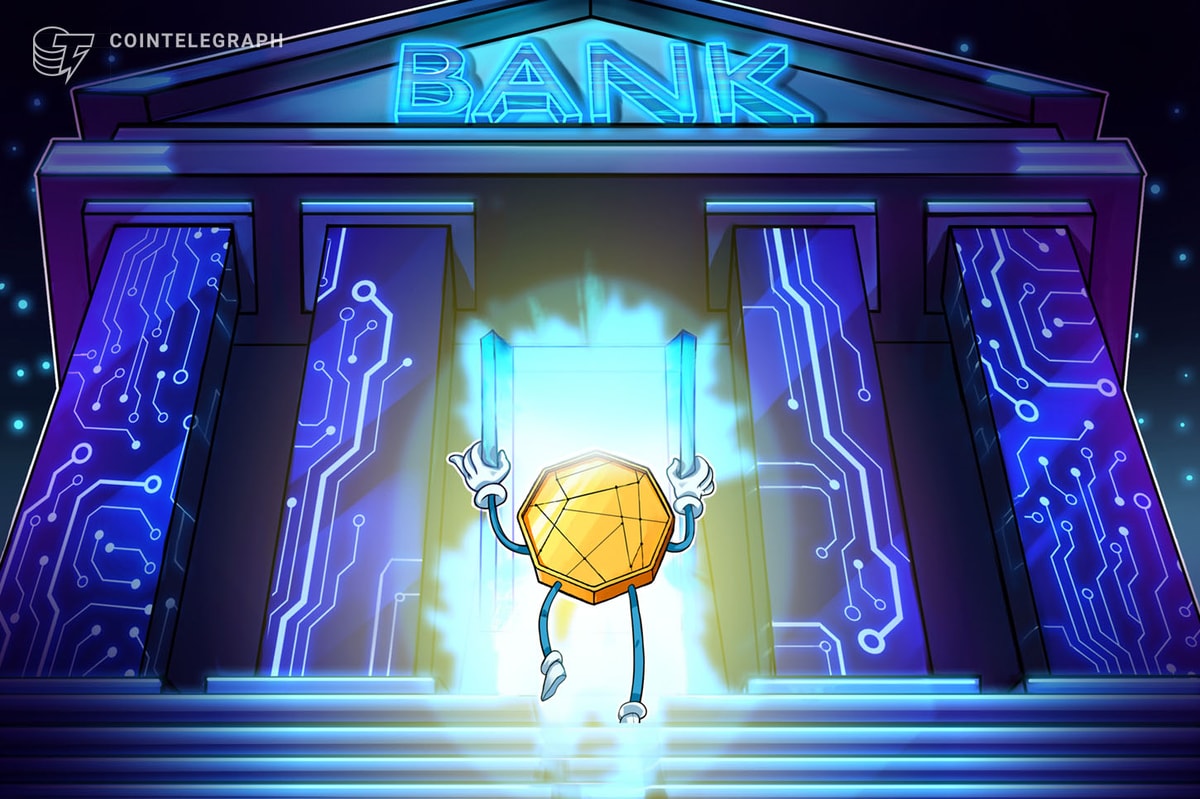
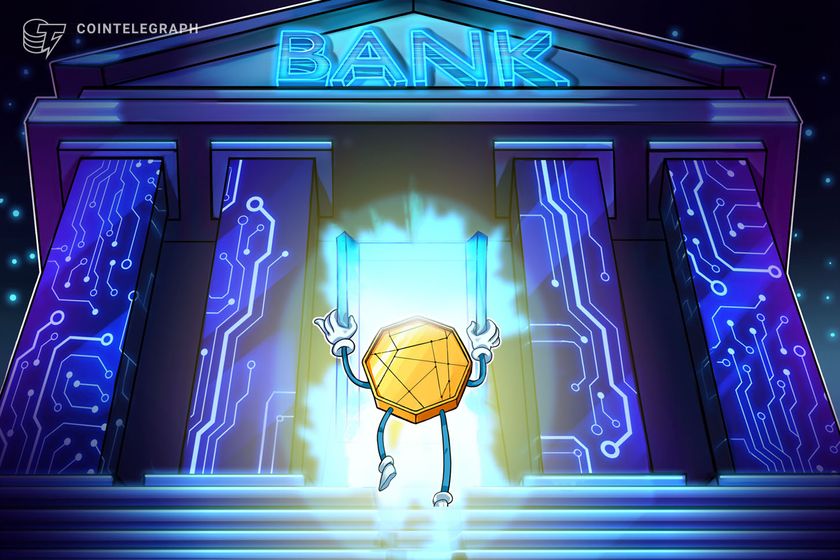
Digital asset derivatives won’t be treated differently — CFTC
Source link Uncategorized
XRP price may drop another 40% as Trump tariffs spook risk traders

XRP descending triangle pattern hints at 40% drop
Trump tariffs could amplify XRP sell-off
Source link Uncategorized
Darkweb actors claim to have over 100K of Gemini, Binance user info

Binance says leaked info came through phishing, not data leak
Source link Bitcoin Plunges Below $84K as Crypto Sell-Off Wipes Out Weekly Gains

Top 4 Crypto to Buy Now as XRP Price Struggles above $2
Ethereum Price Hits 300-Week MA For The Second Time Ever, Here’s What Happened In 2022

US regulators FDIC and CFTC ease crypto restrictions for banks, derivatives

US Authorities Seize $201,400 Worth of USDT Held in Crypto Wallets Allegedly Intended to Support Hamas

Is Bitcoin’s Bull Market Truly Back?

Stablecoin Bills Unfairly Box Out Foreign Issuers Like Tether, Says House Majority Whip

THORChain price prediction | Is THORChain a good investment?

Strategy (MSTR) Holders Might be at Risk From Michael Saylor’s Financial Wizardry

3 Altcoins to Sell Before March 31 to Prepare for Crypto Bull Market

A Big Idea Whose Time Has Finally Come

XRP price may drop another 40% as Trump tariffs spook risk traders

Trader Says Ethereum-Based Altcoin Primed for 240%+ Rally if Major Resistance Level Breaks, Updates XRP Outlook

Congressman Ro Khanna Says Democrats Are Changing Their Tune On Bitcoin

France’s Public Investment Bank Bpifrance to Invest $27 Million in Crypto

Arthur Hayes, Murad’s Prediction For Meme Coins, AI & DeFi Coins For 2025

Expert Sees Bitcoin Dipping To $50K While Bullish Signs Persist

Aptos Leverages Chainlink To Enhance Scalability and Data Access

Bitcoin Could Rally to $80,000 on the Eve of US Elections

Sonic Now ‘Golden Standard’ of Layer-2s After Scaling Transactions to 16,000+ per Second, Says Andre Cronje

Institutional Investors Go All In on Crypto as 57% Plan to Boost Allocations as Bull Run Heats Up, Sygnum Survey Reveals

Crypto’s Big Trump Gamble Is Risky

Ripple-SEC Case Ends, But These 3 Rivals Could Jump 500x

Has The Bitcoin Price Already Peaked?

A16z-backed Espresso announces mainnet launch of core product

Xmas Altcoin Rally Insights by BNM Agent I

Blockchain groups challenge new broker reporting rule

Trump’s Coin Is About As Revolutionary As OneCoin

The Future of Bitcoin: Scaling, Institutional Adoption, and Strategic Reserves with Rich Rines

Is $200,000 a Realistic Bitcoin Price Target for This Cycle?
Trending




